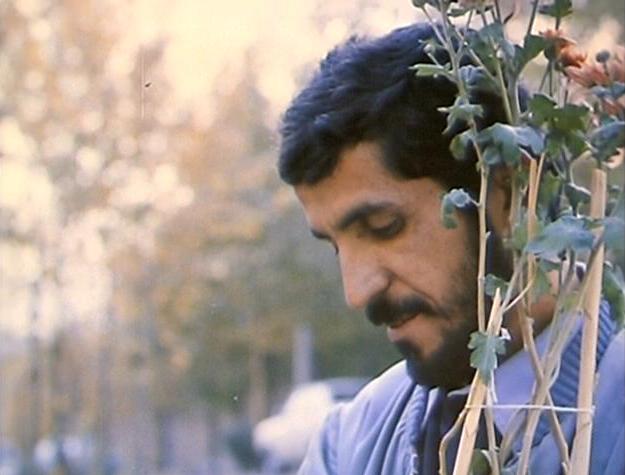
| 85 |

|
| 86 |

|
| 87 |

|
| 88 |

|
| 89 |

|
| 90 |

|
| 91 |

|
| 92 |

|
| 93 |
|
| 94 |
|
| 95 |
|
| 96 |
|
| 97 |
|
| 98 |
|
| 99 |
|
| 100 |
|
2008: Rank | Title | Year
All reviews © Nick Davis
Author's permission must be granted in writing for any duplication or publication.
Browse Films by
Title / Year / Reviews
Nick-Davis.com
Home / Blog / E-Mail
 #90: Close-Up
#90: Close-Upaka Nema-ye Nazdik in 2008: 93; in 2006: 93; in 2004: 97 dir. Abbas Kiarostami, 1990 scr. Abbas Kiarostami; cin. Ali Reza Zarrindast with Hossain Sabzian, Mohsen Makhmalbaf, Haj Ali Reza Ahmadi IMDb // Leave a Comment In 100 Words: Within a director's oeuvre and a national cinema that have pushed self-reflexivity in so many fascinating directions, Close-Up stands out for its accessibility and its audacity. A real-life huckster, convicted for impersonating a famous auteur and soliciting funds for his next movie, reenacts this scam as imaginative penance. The families he bilked play themselves. Layered, sobering, compassionate courtroom footage expands social context; comedy and philosophical asides among filmmakers add texture and flavor. The finale elegantly caps the conceit, packing an unforeseen wallop of emotion. Kiarostami encases this dénouement within a tactful envelope of semi-privacy, blending poetic justice with tender grace. Food for Thought: Especially if you are new to Kiarostami's cinema, but even if you are a practiced spectator, it's hard to imagine a better introduction or a more welcome reframing than what my colleague Hamid Naficy offers in his essay "Close-Up: Questioning Reality, Realism, and Neorealism," written for the recently reissued volume Film Analysis: A Norton Reader (eds. Jeffrey Geiger and R.L. Rutsky, W.W. Norton & Co., 2005, rev. ed. 2013). In about 20 pages, Naficy not only outlines the real-life circumstances that prompted Close-Up and situates the film within Kiarostami's body of work, but he offers a helpful précis of Kiarostami's debts and responses to Italian neorealism. He also opens up the political and participatory tradition of Persian taziyeh theater. Naficy further enriches our sense of the precise nature and degree of celebrity that directors like Kiarostami and Makhmalbaf enjoy in Iranian society and uses Close-Up as a productive hinge for underscoring the homologies and contrasts between cinéma vérité and direct cinema, two movements that are too often conflated. It turns out, too, that there is even more artifice masking as documentary reality in this film than I had realized. I'll leave it to you to uncover the tricksy details. (The revelations are more piquant once you've seen the movie, anyway.) |
| Permalink | Top 100 | Home | Blog |